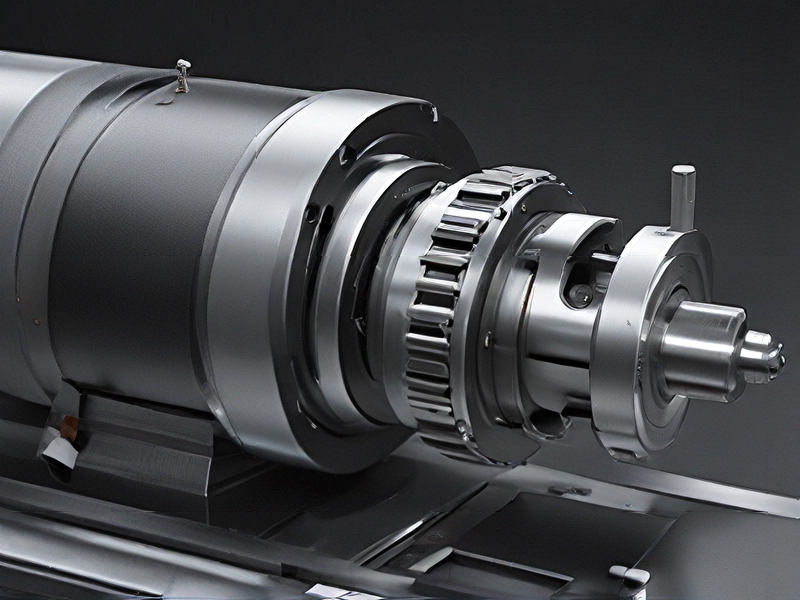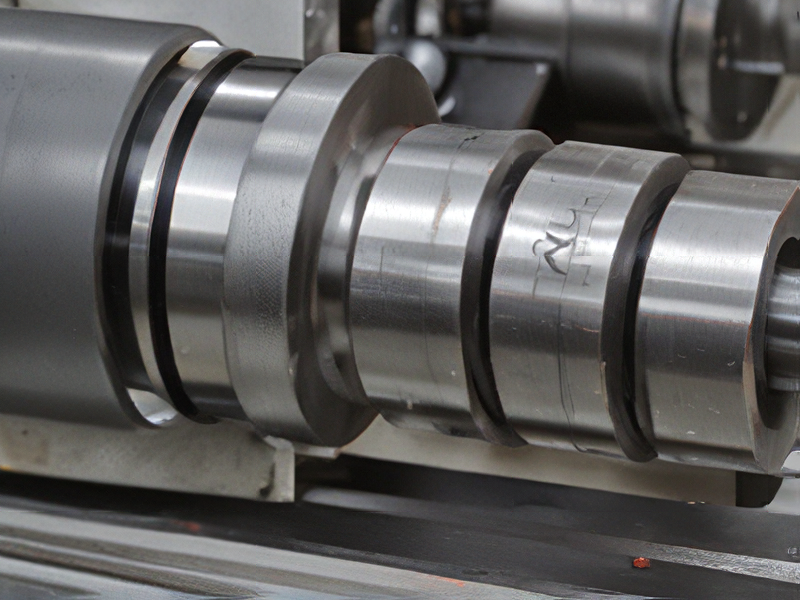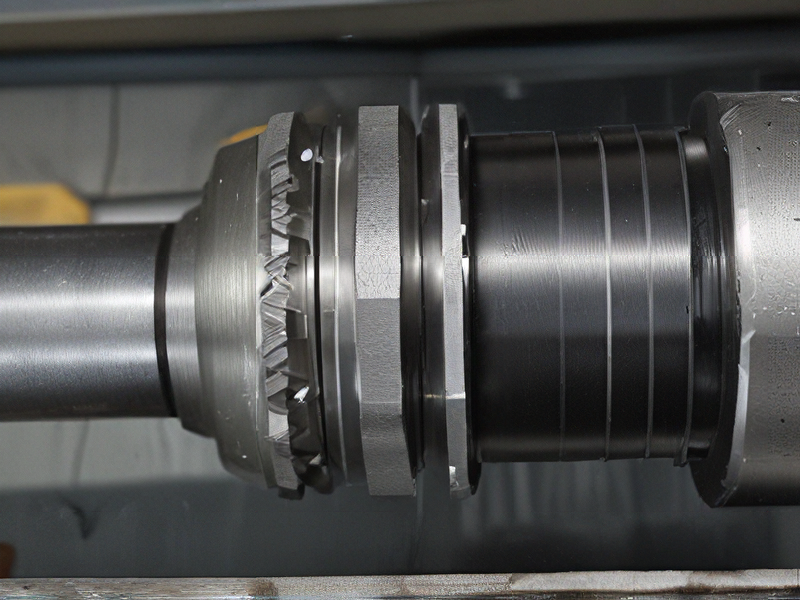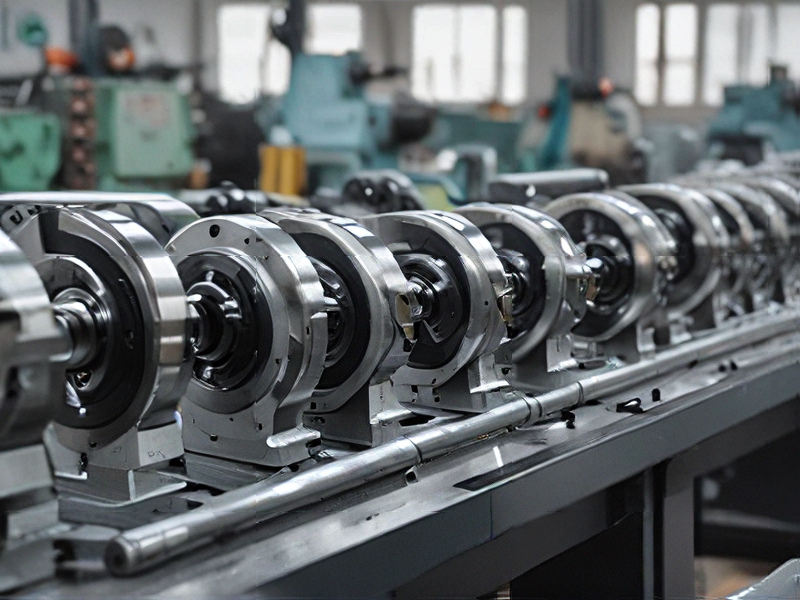Technology and Applications of parts of a lathe
A lathe is a versatile machine used primarily for shaping metal, wood, or other materials. It operates by rotating the workpiece against a cutting tool. Key components include:
1. Bed: The base of the lathe, providing support and alignment for other components.
2. Headstock: Mounted on the bed’s left end, it houses the spindle, which rotates the workpiece. It also contains the motor and gearing mechanisms.
3. Tailstock: Positioned on the bed’s right end, it supports the other end of the workpiece. It can be moved and locked in place for varying workpiece lengths.
4. Carriage: Moves along the bed, supporting and guiding the cutting tool. It consists of the saddle, cross-slide, compound rest, and tool post.
5. Saddle: Rides on the bed ways and provides the base for the cross-slide.
6. Cross-slide: Mounted on the saddle, it moves perpendicular to the workpiece, allowing for precise control of cutting tool position.
7. Compound Rest: Attached to the cross-slide, it can be angled for cutting tapers and other complex shapes.
8. Tool Post: Holds the cutting tool in place, adjustable to position the tool precisely.
Applications:
1. Turning: The primary function, shaping the outside of a workpiece by rotating it against a stationary cutting tool.
2. Facing: Producing a flat surface at the end of the workpiece by moving the cutting tool across the end face.
3. Threading: Cutting screw threads into the workpiece by synchronized movement of the tool with the rotating workpiece.
4. Drilling: Performed with the tailstock to create holes along the axis of the workpiece.
5. Boring: Enlarging existing holes with a single-point cutting tool.
6. Knurling: Creating textured patterns on the surface for grip enhancement.
Technology:
Modern lathes integrate Computer Numerical Control (CNC), allowing for automated, precise control of complex operations, enhancing efficiency and consistency in manufacturing. Advanced materials and coatings for cutting tools also improve durability and performance.

Quality Testing Methods for parts of a lathe and how to control quality
Quality Testing Methods for Lathe Parts
1. Visual Inspection: Inspect for surface defects like cracks, burrs, or deformations using magnification tools.
2. Dimensional Accuracy: Use calipers, micrometers, and coordinate measuring machines (CMM) to ensure parts meet specified dimensions.
3. Material Testing: Perform hardness tests (Rockwell, Brinell) and tensile strength tests to verify material properties.
4. Non-Destructive Testing (NDT):
– Ultrasonic Testing: Detect internal flaws using high-frequency sound waves.
– Magnetic Particle Inspection: Identify surface and near-surface defects in ferromagnetic materials.
– Dye Penetrant Inspection: Highlight surface-breaking defects using dye and developer.
5. Functional Testing: Simulate operational conditions to ensure the part performs correctly under expected loads and speeds.
Quality Control Methods
1. Statistical Process Control (SPC): Monitor and control the manufacturing process through statistical methods to detect and correct deviations.
2. Six Sigma: Implement Six Sigma methodologies to minimize variability and defects by identifying and eliminating root causes.
3. Total Quality Management (TQM): Encourage continuous improvement and customer satisfaction through employee involvement and systematic problem-solving approaches.
4. ISO 9001 Certification: Adhere to international standards for quality management systems to ensure consistent quality.
5. Regular Calibration: Ensure all measurement and testing instruments are regularly calibrated to maintain accuracy.
6. Preventive Maintenance: Regularly maintain and service lathe machines to prevent wear and tear that could affect part quality.
7. Supplier Quality Management: Implement strict criteria and regular audits for suppliers to ensure raw materials meet quality standards.
8. Training and Skill Development: Regularly train operators and inspectors to keep them updated on best practices and new technologies in quality testing and control.
By integrating these testing and control methods, manufacturers can maintain high-quality standards, ensuring the reliability and longevity of lathe parts.

Tips for Procurement and Considerations when Purchasing from parts of a lathe
Tips for Procurement and Considerations when Purchasing Lathe Parts
1. Quality Assurance:
– Verify the material and manufacturing standards of the parts. High-quality components reduce downtime and increase the longevity of the lathe.
2. Compatibility:
– Ensure that the parts are compatible with your specific lathe model. Check the manufacturer’s specifications and consult with technical support if necessary.
3. Supplier Reputation:
– Choose reputable suppliers with good reviews and reliable customer service. Established suppliers often provide better warranties and after-sales support.
4. Cost vs. Value:
– Evaluate the cost against the expected value. Cheaper parts may lead to more frequent replacements and potential damage to the lathe, whereas more expensive, high-quality parts can be a better long-term investment.
5. Technical Support:
– Opt for suppliers that offer technical support and installation guidance. This can be crucial for complex components and ensures proper installation and functioning.
6. Availability:
– Check the availability of parts and the supplier’s lead time. Having a reliable supply chain minimizes production delays.
7. Warranty and Return Policy:
– Review the warranty terms and return policies. A good warranty provides peace of mind and protection against defects.
8. Precision and Tolerance:
– Ensure parts meet the required precision and tolerance levels for your lathe’s operations. This is critical for maintaining the accuracy of your machining processes.
9. Maintenance and Durability:
– Consider the maintenance requirements and durability of the parts. Components that are easier to maintain and have a longer lifespan can reduce overall operating costs.
10. Safety Standards:
– Ensure that parts comply with industry safety standards to protect operators and maintain a safe working environment.
By focusing on these considerations, you can make informed procurement decisions that enhance the performance and reliability of your lathe operations.

FAQs on Sourcing and Manufacturing from parts of a lathe in China
Certainly! When sourcing and manufacturing lathe parts from China, consider these FAQs:
1. How do I find reliable suppliers in China for lathe parts?
– Utilize online platforms like Alibaba or Made-in-China to find suppliers with good reviews and ratings. It’s crucial to request samples and check certifications to ensure quality.
2. What are the typical lead times for manufacturing lathe parts in China?
– Lead times can vary based on complexity and quantity but generally range from 4-12 weeks. Factors such as customizations and supplier workload can affect this.
3. How can I ensure quality control during manufacturing?
– Implement a stringent quality assurance process. This includes regular inspections, third-party quality checks, and clear specifications communicated to the supplier.
4. What are the payment terms usually accepted by Chinese suppliers?
– Suppliers often accept payments through wire transfers, letters of credit (L/C), or through platforms like PayPal for smaller transactions. Negotiate terms that balance risk and convenience.
5. What should I consider regarding intellectual property protection?
– Ensure your designs and intellectual property are protected through agreements like non-disclosure agreements (NDAs) and by working with reputable suppliers who respect intellectual property rights.
6. Are there any import duties or taxes I need to be aware of?
– Yes, be aware of import duties, VAT, and other taxes that may apply. Research tariff codes and consult with a customs broker for accurate information.
7. How can I handle language and communication barriers effectively?
– Use clear and detailed communication. Consider hiring a translator or working with suppliers who have proficient English skills. Establishing a good relationship can help mitigate misunderstandings.
By addressing these FAQs, you can navigate the sourcing and manufacturing process of lathe parts from China more effectively, ensuring quality, reliability, and compliance with international trade regulations.

